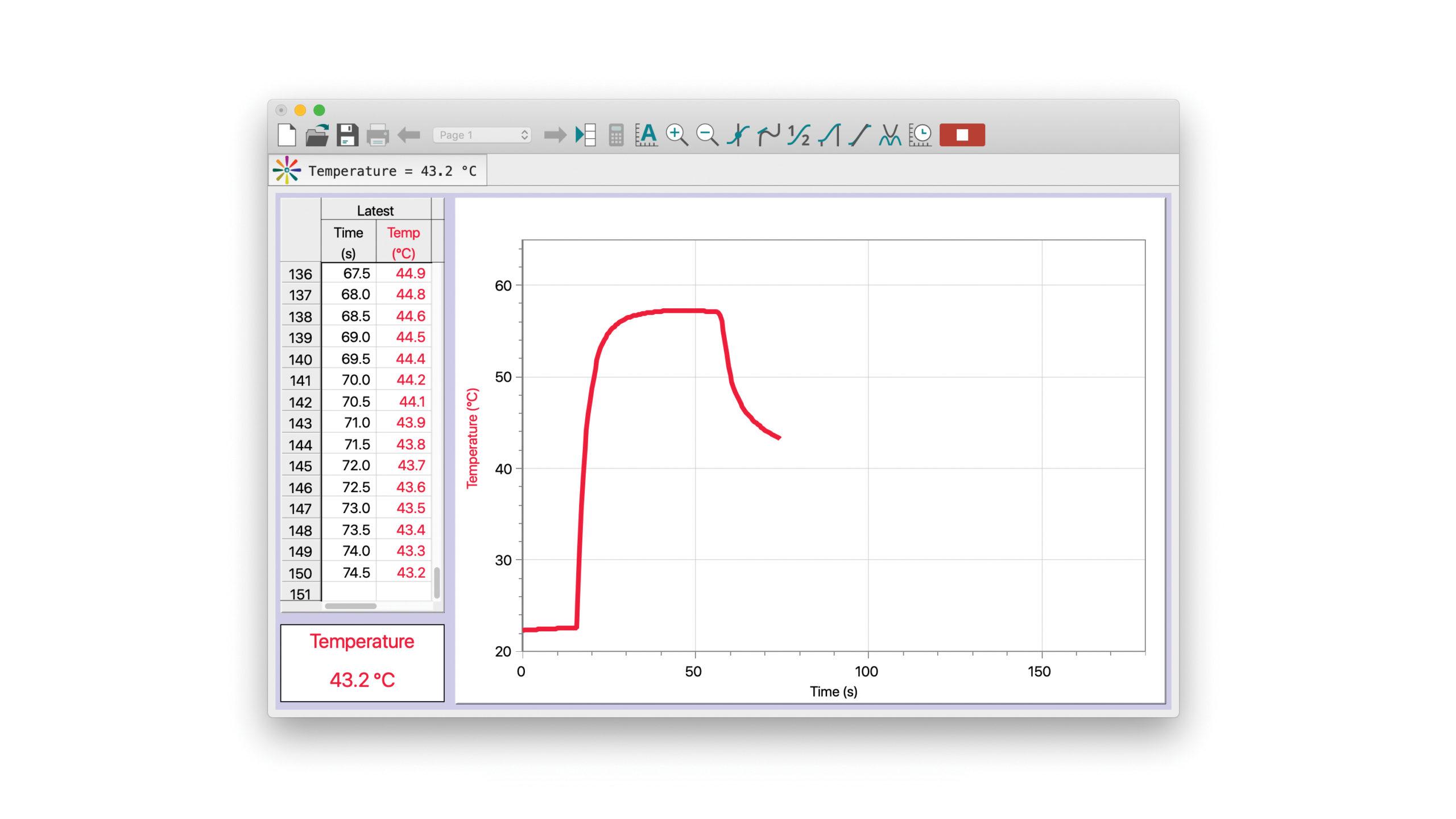Using RC Decay to Determine Capacitance
Experiment #31 from Physics with Video Analysis
- Subject
- Physics
Introduction
You are designing a power supply for a new GPS vehicle-tracking device to improve vehicle safety and theft recovery. You need to complete your design as soon as possible. You only have one suitable capacitor in your lab, and you suddenly realize that you need to have an accurate knowledge of its capacitance. Unfortunately, you have no capacitance or resistance meters.
But, you do have a collection of five carbon resistors whose values are marked with color bands and are accurate to within ±5%. In addition you have a battery and two types of voltage measuring devices.
One is a conventional analog meter (VA) and the other is a computer-based voltage sensor (VC).
Objectives
In this activity, you will
- Use measurements of the change in the potential difference across a charged capacitor (C) placed in a circuit with a carbon resistor (R) to obtain an accurate value of capacitance.
Sensors and Equipment
This experiment features the following sensors and equipment. Additional equipment may be required.
Ready to Experiment?
Ask an Expert
Get answers to your questions about how to teach this experiment with our support team.
- Call toll-free: 888-837-6437
- Chat with Us
- Email support@vernier.com
Purchase the Lab Book
This experiment is #31 of Physics with Video Analysis. The experiment in the book includes student instructions as well as instructor information for set up, helpful hints, and sample graphs and data.


